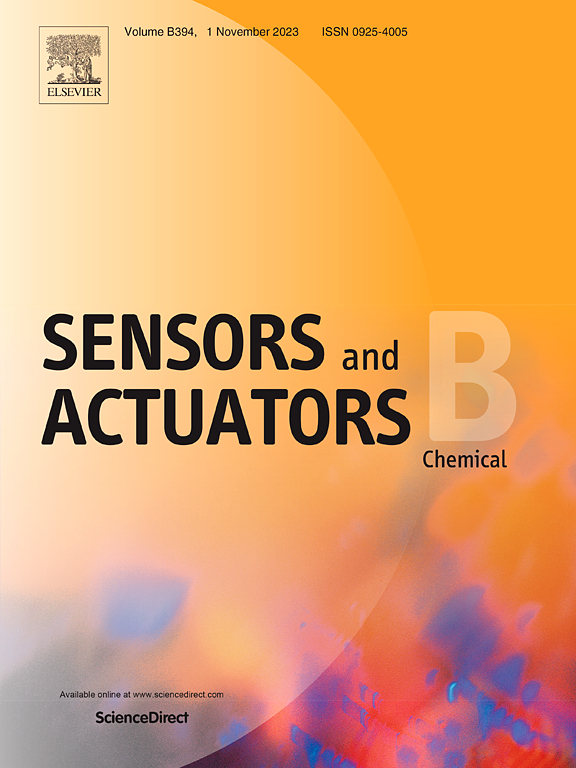A multifunctional fluorescent probe: Selective visualization of mitochondria and tumor cells with viscosity/polarity responsiveness
IF 8
1区 化学
Q1 CHEMISTRY, ANALYTICAL
引用次数: 0
Abstract
The generation of cancer cells is often accompanied by significant changes in their microenvironment, including increased viscosity, decreased polarity, elevated levels of reactive oxygen species and reduced pH. These alterations are significantly distinct from the microenvironment of normal cells. In response to the characteristics of cancer cells, we designed and synthesized a red fluorescent probe that responds to mitochondrial viscosity and polarity. The positively charged pyridine group facilitates targeting of the mitochondria, while the sulfonic acid group enhances water solubility. The probe exhibits favorable spectral properties, demonstrating significant aggregation-induced emission (AIE) characteristics, excellent water solubility, responsiveness to viscosity changes, and strong photostability. Through cellular experiments and mouse imaging technology, this probe displayed high localization to the mitochondrial membrane and effectively monitored changes in mitochondrial polarity and viscosity. More importantly, due to the differences in mitochondrial viscosity and polarity between normal and cancer cells, the probe can selectively identify cancer cells, offering potential for tumor-specific imaging. This groundbreaking discovery paves the way for advancements in tumor diagnosis, contributing to more accurate tumor identification.

求助全文
约1分钟内获得全文
求助全文
来源期刊

Sensors and Actuators B: Chemical
工程技术-电化学
CiteScore
14.60
自引率
11.90%
发文量
1776
审稿时长
3.2 months
期刊介绍:
Sensors & Actuators, B: Chemical is an international journal focused on the research and development of chemical transducers. It covers chemical sensors and biosensors, chemical actuators, and analytical microsystems. The journal is interdisciplinary, aiming to publish original works showcasing substantial advancements beyond the current state of the art in these fields, with practical applicability to solving meaningful analytical problems. Review articles are accepted by invitation from an Editor of the journal.
 求助内容:
求助内容: 应助结果提醒方式:
应助结果提醒方式:


